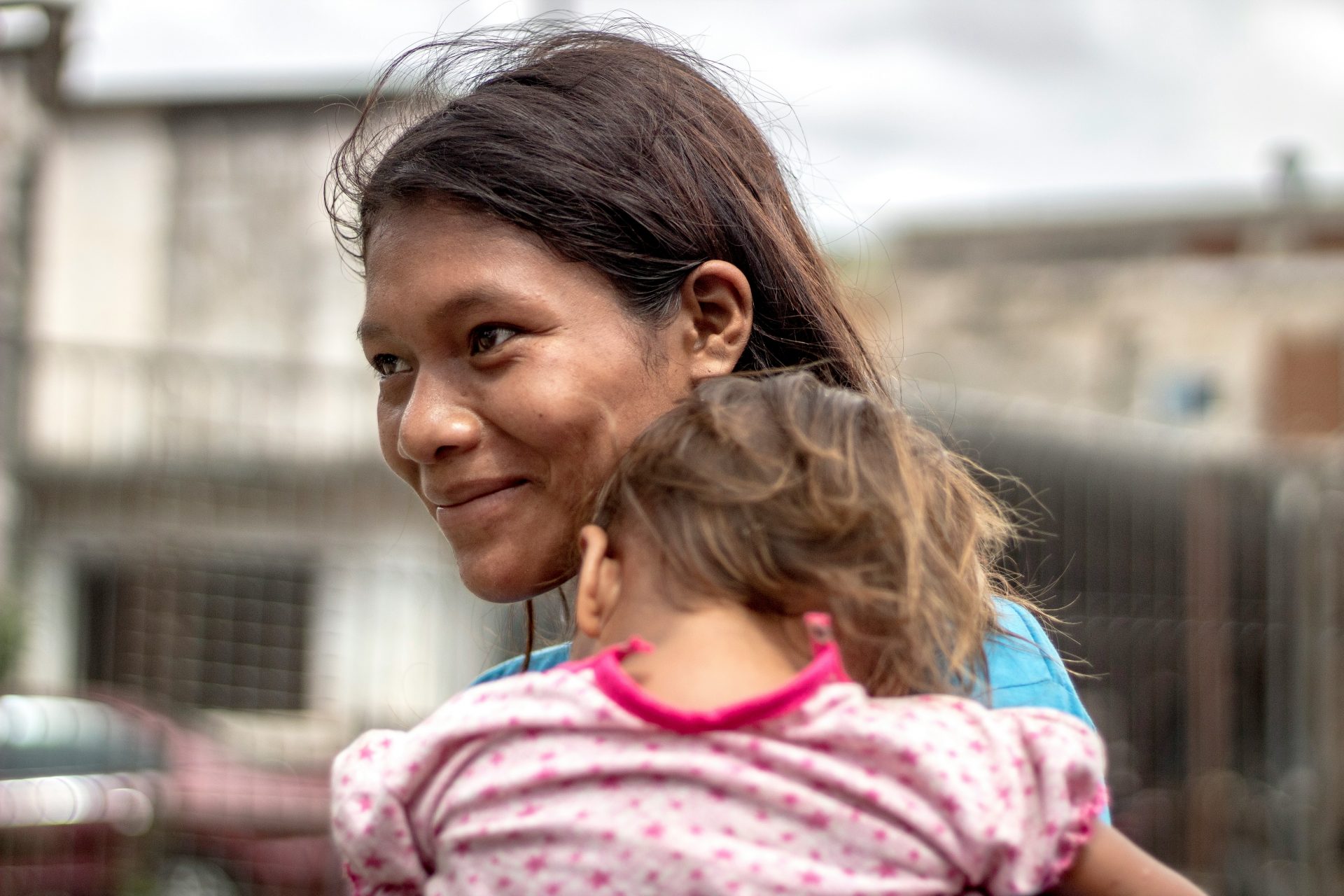Say goodbye to cousins: families will shrink worldwide by 2095
Childhoods ridden with cousins running around and playing during family reunions might be over in a few decades. According to a study, families are getting smaller and smaller.
The study, conducted at the Max Planck Institute for Demographic Research in Germany, found the average number of relatives will decrease by more than 35% worldwide.
The researchers obtained the data for the study from the United Nations 2022 Revision of the World Population Prospects.
According to German outlet Die Welt, the report used mathematical models to trace family relationships. It mapped 1,000 relationships per country and used model examples.
A 65-year-old woman had an average of 41 living relatives in 1950. By 2095, a woman the same age will only have 25 relatives.
The study found that, besides shrinking, families will also have a different structure in 2095.
Families used to be characterized as broad trees, with grandparents in the base and branches with parents, children, and many cousins, nieces, and nephews.
That structure showed how families had much more young people than elders. A rebalancing will take place here in the future.
Photo: Unsplash / Paolo Bendandi
The international research team concluded that future families will have more great-grandparents and grandparents than children- changing the tree shape to be more linear.
Photo: Unsplash / Christian Bowen
While these are mainly interesting facts for some parts of the world's population, for other parts, this represents an extreme, sometimes existential change.
Photo: Unsplash / Gabriel Tovar
According to Scientific American, extended relatives are a core part of caregiving for many families.
Photo: Unsplash / Dim Hou
Grandparents, aunts, and uncles care for children. In turn, cousins can share the responsibility of caring for their elders when they grow up.
Photo: Unsplash / Tim Marshall
The most profound fall in the number of relatives happens when looking at cousins and, therefore, nieces, nephews, and grandchildren.
Photo: Unsplash / Markus Spiske
According to experts cited in an analysis by CBC, cousins and other extended family can be a valuable source of social support, especially for vulnerable individuals.
Photo: Unsplash /Robert Collins
The Canadian outlet reported that the decrease in extended kin will be sharp in the country. However, the Max Planck researchers expect the Caribbean and South America to be particularly hard hit.
Photo: Unsplash / Hayley Goleniowska
This can be explained by families in these regions being traditionally larger than in Europe, Canada, or the US.
Photo: Unsplash / Ia Huh
In South America and the Caribbean, the average 65-year-old woman had 56 living relatives in 1950, but in 2095, she will only have 18.3. This is a massive decline of 67%.
Photo: Pixabay / Anemone123
In Europe and North America, on the other hand, the same calculation example shows a decrease of 15.9%, from 25 to 15.9 relatives.
Photo: Pixabay / mario0107
Despite the fall being more pronounced for Global South families, the number of relatives will be similar worldwide. This shows that family structures are becoming homogenous.
Photo: Pixabay / vetta85
The researchers expect the alignment by 2095. To demonstrate that, they used families from the countries with the largest and smallest families: Zimbabwe and Italy.
Photo: Unsplash / Caroline Hernandez
In Zimbabwe, families will fall from 63 relatives per individual in 1950 to 11 by 2095. In Italy, the fall will be from 18 relatives to 12.7.
Photo: Unsplash / Peter Kvetny
The demographic change will challenge government and institutions as more people age and have fewer relatives to care for them. The support of families will have to be replaced.
Photo: Unsplash / Larm Rmah
More for you
Top Stories



































